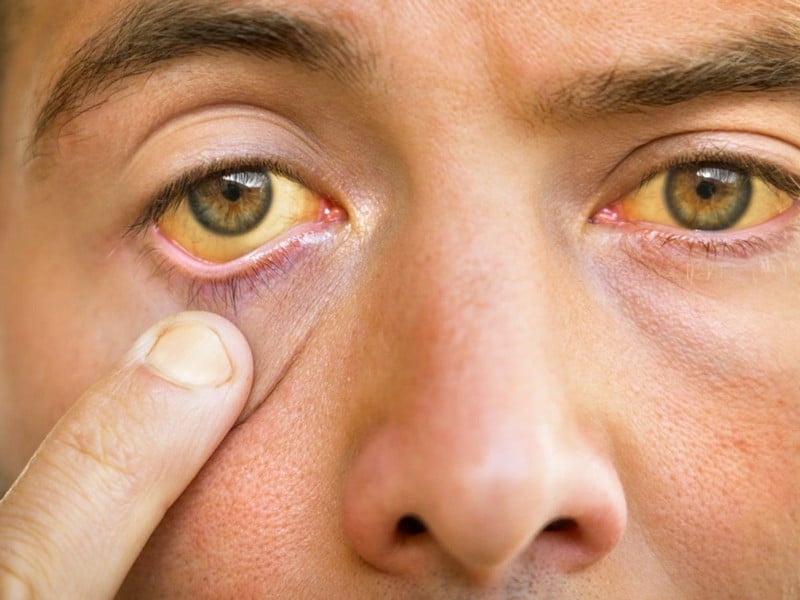Jaundice

Jaundice is a condition caused by the build-up of bilirubin in the blood. Biliburin is a yellowish substance created during the normal process of breaking down hemoglobin in old red blood cells. Bilirubin is delivered from the bloodstream into the liver and through the bile ducts. The bile ducts carry a fluid called bile (with bilirubin) which goes to the small intestine to help digestion. Usually, bilirubin will pass out of the body through the stool or urine without complications.
However, there are times when the body produces too much bilirubin, making it difficult for the liver to filter it. For example, hepatic jaundice happens when the liver tissue is damaged, dysfunctional, or scarred. Also, for patients with cirrhosis, their livers could not filter out bilirubin from their bloodstream. So instead of being flushed out of the body, bilirubin stays in the blood.
People with jaundice have yellowish skin and yellow scleras (white portion of the eyes). This is a common symptom of liver malfunction. Although the underlying cause can vary, it is still best to consult a doctor immediately for a proper diagnosis.










